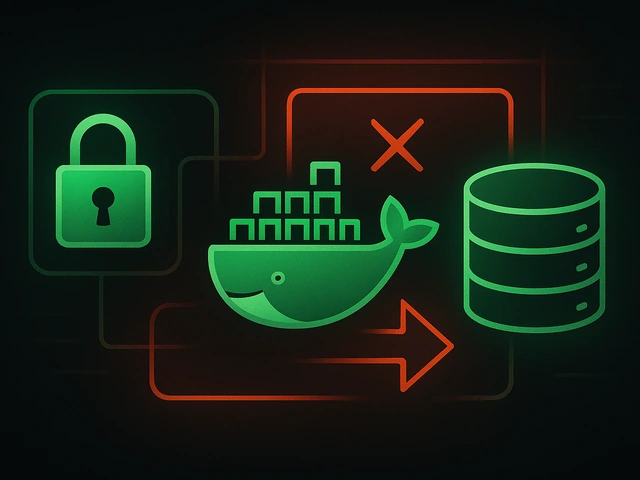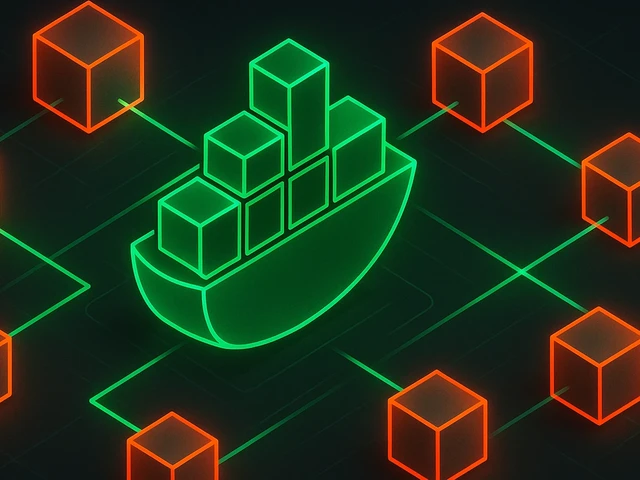The computer online game Minecraft has gained unprecedented popularity among children and youth by giving the player complete freedom of action. And the most po...
3v-Hosting Blog
IP Addresses: The Cornerstone of Internet
5 min read
Probably every person who at least once went online heard the phrase "IP address". But not everyone knows what it is, and even more so, not everyone understands that it was the TSP / IP protocol stack that made the very existence of the Internet possible.
In this article, we will briefly look at what IP addresses are, what international structures manage the address resource, touch on the problem of the shortage of IP addresses version 4 and find out what can be done about it.
So what is an IP address?
An IP address (Internet Protocol) is a numerical label consisting of four decimal digits from 0 to 255 assigned to each device connected to a computer network that is used for IP Internet Protocol communication. In essence, it functions as a digital identifier, a unique address, and just as our home addresses help postal services find our place of residence, IP addresses help our computers find the right path for information to be sent. IP addresses allow devices to find each other and communicate with each other in the vast network of networks that make up the World Wide Web, or the Internet.
The history of IP addresses dates back to the very dawn of the computer age. And in order to better understand the problems and tasks that the IP protocol is designed to solve, let's delve a little into the history that preceded its creation and actually into the history of its appearance.
Early communication protocols
The concept of addressing in computer networks predates the advent of the Internet itself. In the 1960s, researchers were already exploring ways to connect computers to each other via cables and exchange data between them. One of the first communication protocols, the Interface Message Processor (IMP), was developed for the ARPANET project by Bolt, Beranek and Newman Inc. (BBN) in 1969. It was a decisive step towards the creation of the modern Internet.
Birth of TCP/IP
The real breakthrough came with the development of the TCP/IP (Transmission Control Protocol/Internet Protocol) package, which laid the foundation for today's networks and IP addresses. In the 1970s, a group of computer scientists led by Vinton Cerf and Robert E. Kahn worked to define a set of protocols that allowed data to be exchanged seamlessly between different computer networks. Thus, after some time, TCP / IP became the basis of the developing Internet, as it allowed guaranteed data transfer between two devices, which no protocol had done before. This was the turning point and gave a strong impetus to the development of this protocol stack and the inclusion of its support in equipment manufactured by such giants as IBM.
IPv4 and the Rise of IP Addresses
In the early 1980s, the American computer scientist Jon Postel played a pivotal role in shaping the structure of IP addresses. Postel, known for his significant contributions to internet standards and protocols, devised the 32-bit IPv4 addressing scheme that we recognize today. The first IPv4 specification was published in 1981 as part of the ARPANET standard. The ARPANET, often considered the forerunner of the modern Internet, adopted TCP/IP and IPv4 as communication protocols, and the transition to TCP/IP was a turning point, leading to the interconnection of various networks, and the term "Internet" began to take on more and more meaning.
IPv6: Solving Scarcity
When the IPv4 protocol specification was developed, no one could have imagined that in the future billions of devices would be connected to the Internet, that such devices as smartphones, tablets, smart refrigerators and vacuum cleaners, as well as other IoT devices would become widespread. Therefore, the developers laid down 32 bits, that is, a little more than 4 billion addresses. But as the Internet grew exponentially, it became clear that the available pool of IPv4 addresses was rapidly depleting. In response, the idea of IPv6 was introduced in the 1990s. Designed by the Internet Engineers Task Force (IETF), IPv6 offered a significantly larger address space—128 bits—potentially providing trillions of times more addresses than IPv4. It remains to be hoped that again they did not underestimate the speed of the development of the Internet :)
Unfortunately, due to the complexity of the settings, the transition to the new version of the protocol did not become widespread and, according to various estimates, only about 20% of Internet resources have an IPv6 address.
So what is an IPv4 IP address and what is its structure?
As we wrote above, an IP address consists of a set of numbers, often represented by four groups separated by dots (for example, 192.168.0.1). This structure is divided into two main parts: the network part and the host part. The network part identifies the network to which the device belongs, and the host part identifies an individual device on that network.
But who controls the IP addresses?
International organizations play a key role in managing the allocation of IP addresses. The Internet Assigned Numbers Authority (IANA) oversees the allocation of IP address blocks to five Regional Internet Registries (RIRs) that are responsible for specific regions around the world. These RIRs include:
- American Registry of Internet Numbers (ARIN): covers North America and part of the Caribbean;
- RIPE Network Coordinating Center (RIPE NCC): serves Europe, the Middle East and part of Central Asia;
- Asia Pacific Network Information Center (APNIC): Governs the Asia Pacific region;
- Latin America and Caribbean Network Information Center (LACNIC): Covers Latin America and parts of the Caribbean;
- African Network Information Center (AFRINIC): Serves the African continent.
These RIRs allocate blocks of IP addresses to local Internet Service Providers (ISPs) and organizations in their respective regions. Their aim is to ensure fair and efficient distribution, prevent monopolization and promote equal access.
As mentioned above, unfortunately, some of these organizations have completely stopped issuing blocks of IPv4 addresses due to their exhaustion.
In summary, IP addresses are the fundamental building blocks of Internet communications. They allow devices to connect to the network, interact and exchange information through the global network. And we hope that this article at least clarified for you a little understanding of this essence and how the Internet works.

Learn how IP addresses work: IPv4 vs IPv6, public and private IPs, DNS resolution, routing, security basics, and how IPs are used in real server and cloud infra...

Accelerating WordPress at the Nginx level: correct PHP-FPM settings, try_files, static files, caching, Brotli, wp-login protection, and secure headers for stabl...

Effective backup strategies for Docker applications: how to protect volumes, data, and configurations while avoiding common mistakes, and quickly restore servic...












